Rank Family | Scientific name Archaeidae Higher classification Araneomorphae Order Spider | |
 | ||
Similar Cyatholipidae, Malkaridae, Ammoxenidae, Amphinectidae, Gallieniellidae | ||
The Archaeidae are a spider family with about 70 described species in four genera, as of October 2016. Commonly known as assassin spiders, they are also known as pelican spiders, stemming from their specialised anatomy: they have elongated chelicerae (jaws) and necks for catching other spiders.
Contents
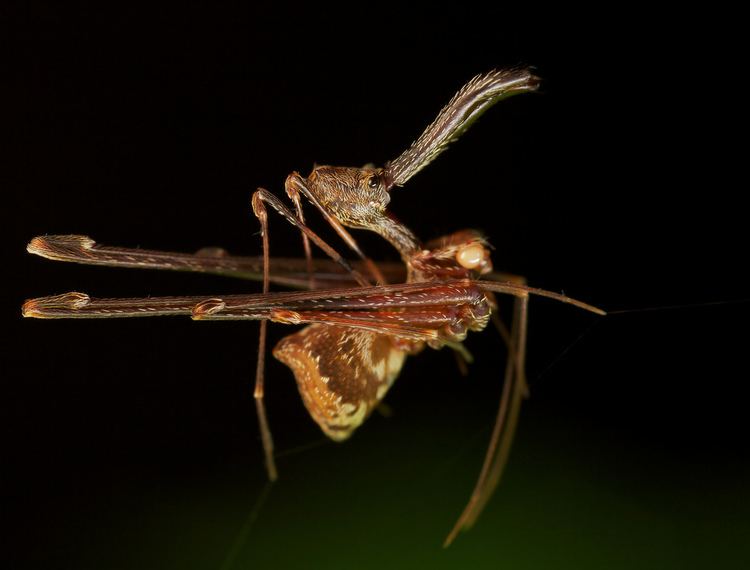
Assassin spiders
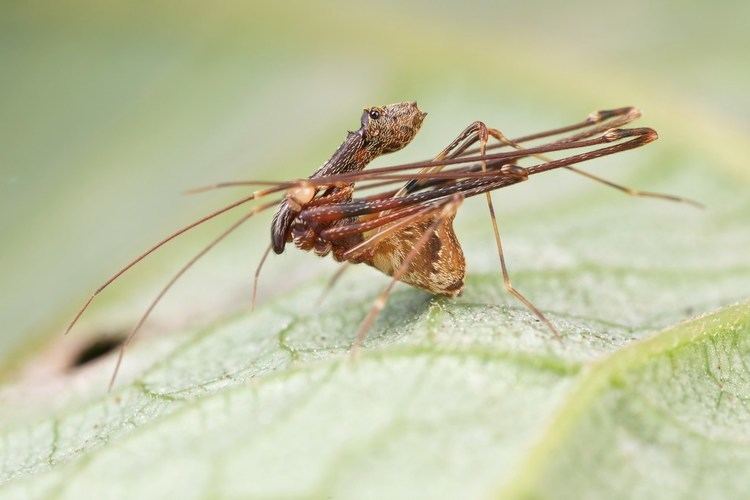
Spiders of the family Archaeidae are unusual in that they have "necks", which can be very long and slender, or short and fat. Archaeids prey only upon other spiders. Assassin spiders were first known from 40 million year old amber fossils which were found in Europe in the 1840s, and were not known to have living varieties until 1881, when the first living assassin spider was found in Madagascar. They are native to Australia, South Africa, and Madagascar, with the sister family Mecysmaucheniidae occurring in southern South America and New Zealand. They range in size from 2-8 mm.
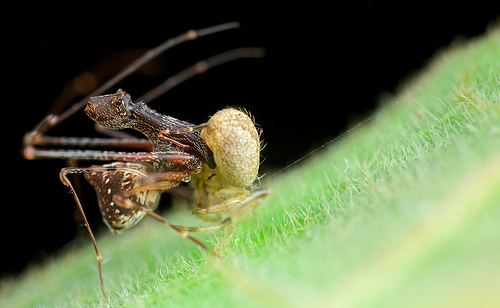
The fossil record of this family was first identified from Baltic amber dating to the Eocene, although many taxa from these deposits have been reassigned to Mecysmaucheniidae, Pararchaeidae, and Holarchaeidae. Currently valid Baltic species include Archaea levigata and Archaea paradoxa. In 2003, Afarchaea grimaldii was described from Cretaceous Burmese amber aged between 88-95 million years, extending the record of this group considerably.
Taxonomy

The family Archaeidae was erected in 1854 by C. L. Koch and Berendt for one genus, Archaea, initially with three extinct species, all found in amber from the Baltic Sea or Bitterfeld in Saxony-Anhalt, Germany. No living species are placed in this genus.
Extant genera
As of October 2016, four extant genera are accepted by the World Spider Catalog:
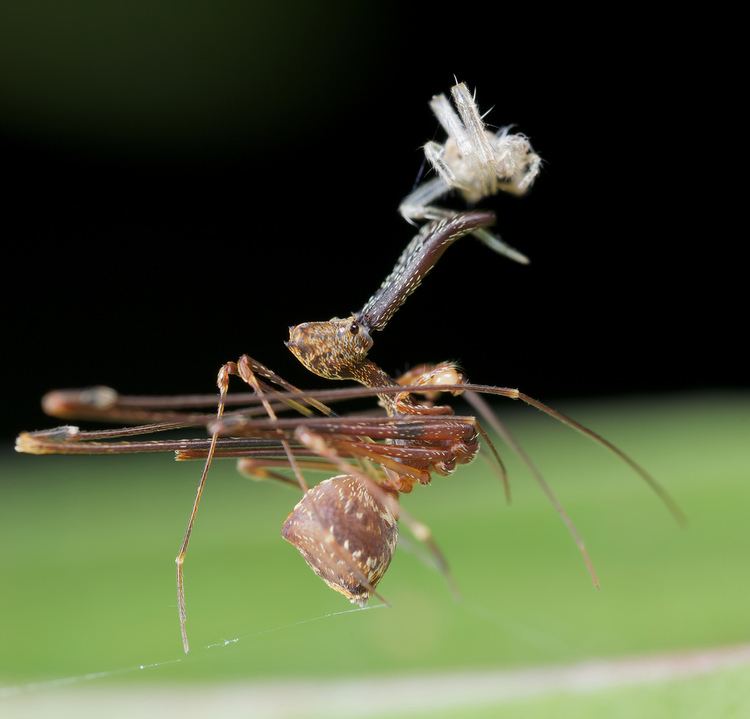
Fossils
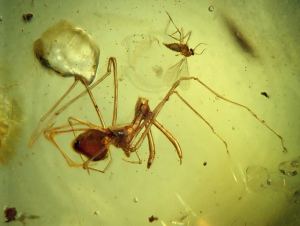
Fossils found in amber, particularly from the Baltic and Myanmar (Burma), have been assigned to a number of extant and extinct genera placed in the family Archaeidae. The extinct species Burmesarchaea grimaldii (syn. Afrarchaea grimaldii) was found in Burmese amber dated to 88–95 Mya. Jurarchaea zherikhini Eskov, 1987 was previously considered a member of this family, but it is more likely a holarchaeid or a pararchaeid.
Phylogeny
A 2012 Bayesian phylogenetic analysis of 15 Archaeidae species, using combined molecular and morphological data, produced the cladogram shown below. Species representing modern genera found in Africa and Madagascar (Afrarchaea and Eriauchenius) were not resolved into monophyletic groups; Zephyrarchaea had not then been split off from Austrarchaea. The species found in European amber formed a clade, whereas Burmesarchaea grimaldii, from Burmese amber, appeared to be basal to modern genera.
Distribution
Living species of Archaeidae occur in South Africa, Madagascar and Australia.
